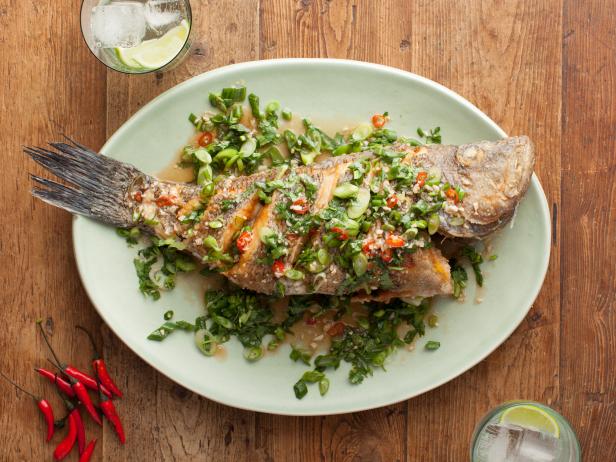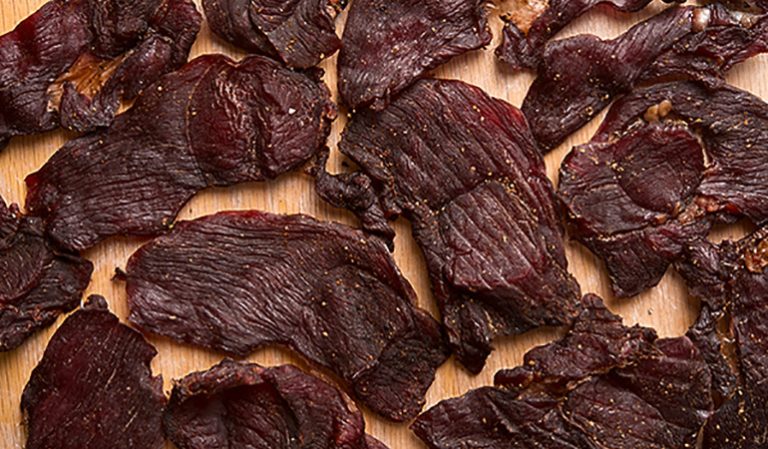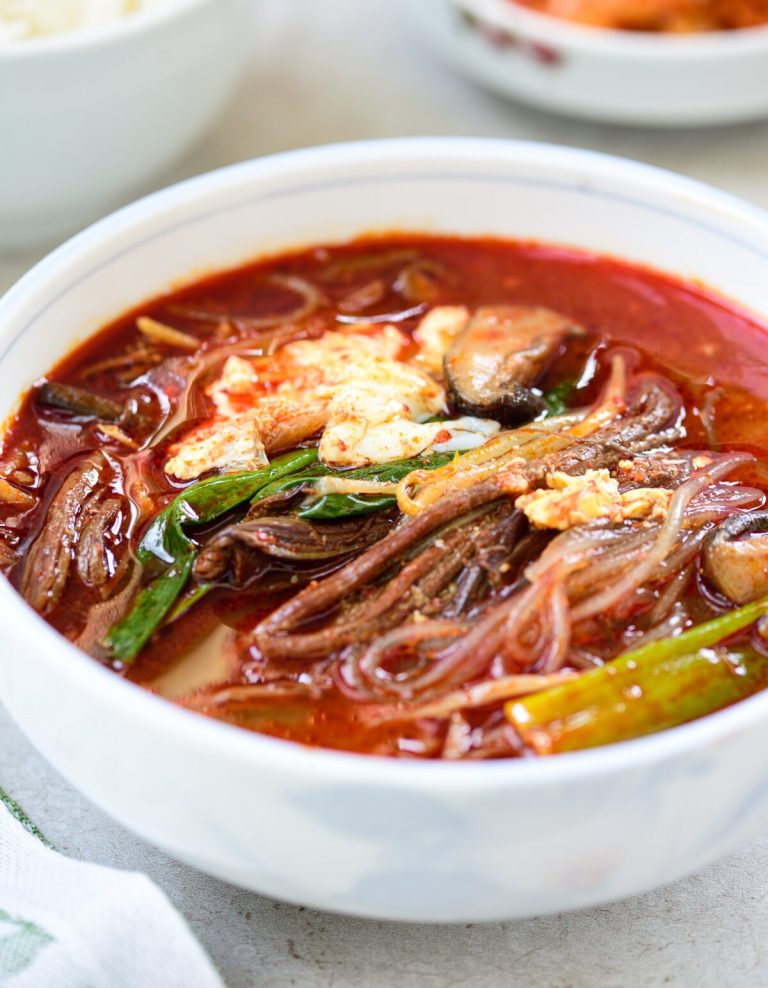Fresh Fried Largemouth Bass Recipes
Largemouth bass typically inhabit freshwater lakes, rivers, and ponds. These fish prefer areas with plenty of vegetation, such as submerged plants and rock structures. Active predators, they feed on smaller fish, insects, and crustaceans. Largemouth bass often hide in cover and ambush their prey, making them a challenging and exciting catch for anglers.
Nutritional Profile
Largemouth bass provides a healthy dose of protein, omega-3 fatty acids, and essential vitamins and minerals. A 3-ounce serving offers about 20 grams of protein and is low in saturated fat. This fish serves as an excellent source of Vitamin D, B12, and Selenium. Incorporating largemouth bass into your diet supports muscle growth, heart health, and overall wellness.
Key Ingredients for Fresh Fried Largemouth Bass
Choosing the Right Bass
To savor the best flavor, select fresh largemouth bass. Ensure the eyes are clear and the gills are vibrant red. Avoid fish with dull eyes or brownish gills, as these can indicate age and lower quality. Opt for fish that smells fresh and briny, not fishy or off-putting, to guarantee freshness.
Essential Spices and Herbs
Use fresh spices and herbs to enhance the bass’s natural flavors:
- Salt and Pepper: Basic but crucial, these seasonings bring out the fish’s innate taste.
- Paprika: Adds a mild heat and vibrant color to the breading.
- Garlic Powder: Offers a subtle, savory depth without overwhelming the fish.
- Thyme: Fresh or dried, thyme imparts an earthy flavor that pairs well with bass.
- Parsley: Chopped parsley provides a hint of freshness and a pop of color.
- Lemon Zest: Lemon zest brightens the dish and cuts through the richness.
These ingredients create layers of flavor that make fried largemouth bass both delicious and memorable.
Preparing the Bass
Cleaning and Filleting
Begin by rinsing the largemouth bass under cold water to remove any dirt or debris. Use a sharp filleting knife to scale the fish by running the knife’s edge against the grain of the scales. After scaling, make an incision behind the gills and down the belly to the tail.
Remove the entrails and rinse the cavity thoroughly. To fillet, place the fish on a flat surface, cut along the backbone from head to tail, and then carefully slice the fillet off the rib cage. Repeat on the other side. Remove any remaining small bones using tweezers.
Marination Techniques
Create a marinade using your choice of spices and herbs. Combine salt, pepper, paprika, garlic powder, thyme, parsley, and lemon zest in a bowl. Add olive oil and lemon juice to form a thick paste. Rub this mixture over the fillets, making sure to coat them evenly.
If time permits, allow the fillets to marinate for at least 30 minutes, ideally up to 2 hours, in the refrigerator. This will help the flavors penetrate the flesh, resulting in a more flavorful dish.
Cooking Methods for Fried Largemouth Bass
Pan-Frying Basics
Pan-frying largemouth bass enhances its natural flavors while providing a crispy texture. Start by heating a skillet over medium-high heat with enough oil to cover the bottom. When the oil shimmers, it’s hot enough for frying. Gently place the seasoned bass fillets, skin side down, into the skillet. Cook each side for 3-4 minutes, or until golden brown and flaky. Use tongs to flip the fillets carefully to avoid breaking them. After cooking, place the fillets on a plate lined with paper towels to absorb excess oil.
Deep-Frying Tips
Deep-frying largemouth bass creates a uniformly crispy crust. First, heat oil in a deep fryer or large pot to 350°F (177°C). Ensure the oil remains at a consistent temperature to avoid greasy fish. Coat the bass fillets in seasoned flour or a batter mixture. Lower the fillets into the hot oil using a slotted spoon or tongs. Fry in batches for about 3-5 minutes each, ensuring the fish turns a deep golden color. Remove and drain the fillets on paper towels. Serve hot with your favorite dipping sauce.
Serving and Pairing Suggestions
Best Side Dishes
Including complementary side dishes enhances the overall meal experience when serving fresh fried largemouth bass. Coleslaw, with its tangy and crisp texture, balances the rich flavors of the fish. Another option is roasted vegetables, like asparagus or Brussels sprouts, which provide a savory contrast. Cornbread pairs well by adding a slightly sweet note, while mashed potatoes offer a creamy and comforting element. A mixed green salad with a light vinaigrette adds freshness to the plate. These sides ensure a balanced and delightful meal.
Recommended Sauces
Selecting the right sauce elevates the taste of fried largemouth bass. Tartar sauce, with its creamy and tangy profile, complements the crispy texture of the fish. Lemon butter sauce adds a zesty and rich flavor, enhancing the natural taste of the bass. Remoulade sauce, with its blend of spicy and tangy ingredients, provides a bolder option. Cocktail sauce, featuring a mix of sweet and spicy elements, also pairs well. These sauces improve both the flavor and dining experience.
Conclusion
Mastering the art of preparing fresh fried largemouth bass can transform your culinary skills and elevate your dining experiences. With the right preparation, frying techniques, and thoughtful pairing, you can create a meal that’s both delicious and memorable. Whether you prefer the crispiness of deep-frying or the simplicity of pan-frying, the key is in the details and the love you put into your cooking. So gather your ingredients, choose your preferred method, and enjoy every bite of this delightful dish.






_NT10-768x768.png)